From Royalty to Sex-Worker in 17 Steps
An illustrative case study of a sex-worker in Stirling, Scotland descended from the King of Scotland
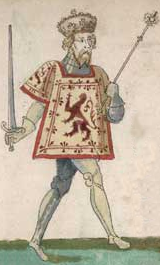
The Holy Grail of genealogy is proving that you are descended from royalty. Many people seek that elusive royal ancestor; few find it. Many find “wishful linking” — trees full of errors written by researchers who have jumped to conclusions in their quest to find a royal ancestor.
You probably have a royal ancestor
It’s statistically probable that we ALL have a royal ancestor at some point, but extremely rare that the paperwork survives to prove it.
When you break down how wealth and power were handed down in families through eldest children, it’s surprisingly revelatory to see how quickly the descendants of younger children drop in socio-economic status.
When you also take into account that the mortality rate is historically higher in lower income families, then there’s a sort of economic natural selection that happens over generations. Descendants of wealthier families have a better chance of survival and therefore produce more surviving descendants. Whereas poorer families have a lower chance of survival and produce fewer surviving descendants. So the chance of you having very diluted royal blood is pretty good.
Euro-centric Bias
If I’m referring to royal ancestry and using the Royal Stewart family as a case study, then this article obviously has a white, euro-centric bias. As that’s my own background and therefore my primary area of study, I’m simply going to own that bias and be transparent about it. I suspect that the principles I’m discussing here apply to other cultures as well — that is, that we likely all have ancestors who came from the ruling class of whatever society our families come from. But as I have not spent time researching ancestors outside my own culture, I’ll leave it to those who have researched other cultures to comment on their cultures.
Fortune favours the eldest son
White European culture and, in particular, heredity laws, favoured eldest sons. Women were often excluded from power and property ownership. If you were the eldest son in a wealthy family then you inherited the largest share of your father’s estate and the most important titles. If you were a younger son, then you inherited a significantly smaller portion of your father’s estate, with possibly no titles. If you were a daughter then you’d often be lucky if you inherited any property or wealth of substance. Daughters’ best hopes too often dependent on a good marriage. It’s worth pointing out that the lineage used in this case study flows entirely through the male line for 16 of the 17 generations. That’s not by design, but it is certainly reflective of the male power bias found in the history of white European society.
For example: If you’re the eldest son of a duke, then you will inherit the title of duke. There can be only one duke, so your younger brothers will get lesser titles, like earls or viscounts. The eldest son of the 2nd duke will still be a duke. Whereas the youngest son of the viscount may only be a baron. The eldest son of the 3rd duke will still be a duke. Whereas the youngest son of the baron may be tradesman. With each passing generation the disparity grows larger.
Duke | —————————————- | 2nd Duke (brothers) Viscount | | 3rd Duke (first cousins) Baron | | 4th Duke (second cousins) Tradesman
This example is a little exaggerated and compressed in order to make the point, but you can understand how the economic status of a family falls off quickly among the younger sons. Even more so for daughters.
You are almost certainly descended from royalty
The question is not “Are you descended from royalty?” The answer to that is almost certainly “yes.” The real question is “Does the evidence survive to show your royalty ancestry?” The answer to that is most often, “no.” However, the use of DNA in genetic genealogy is changing that answer. Now DNA may be able to connect you to royalty even if the paperwork doesn’t exist to back it up.
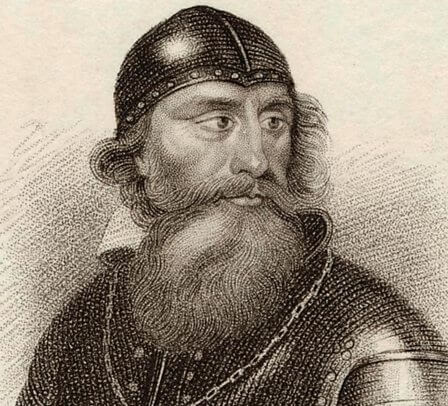
We’re all descended from Robert The Bruce
Anyone with any Scottish ancestry is likely descended from Scotland’s famous Hero-King Robert The Bruce, whose story was told in the movies Braveheart and Outlaw King. Paul Lewis from the Guardian writes:
“Dr. Bruce Durie, academic manager, genealogical studies at the University of Strathclyde… pointed out that King Robert The Bruce was believed to have had up to a dozen children – several illegitimately. Basic calculations suggested there could be as many as 200 million people distantly related to him. ‘In that sense [person X] probably is descended from Robert The Bruce. So am I. So are you. So is everyone.'”
Paul Lewis, The Guardian
The population of Scotland today is just over 5 million people. If 200 million people likely have Robert The Bruce as an ancestor, that means that everyone alive in Scotland today, plus another 195 million people with Scottish ancestry outside of Scotland likely have Robert The Bruce as an ancestor. And that’s only one king from one country.
The question is not:
“Are you descended from royalty?”
The real question is:
“Does the evidence survive to show your royal ancestry?”
This idea that socio-economic status deteriorates rapidly among younger children sounds good in theory, but can we show an actual case study across many generations with evidence? Can we show where the younger descendants of royalty after many generations are just normal commoners like the rest of us?
Yes.
Can we show where the younger descendants of royalty after many generations are just normal commoners like the rest of us?
Yes.
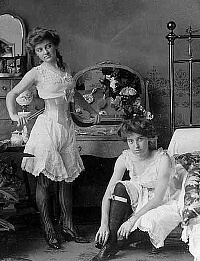
From King to Sex-Worker in 17 Generations
Here we have a fascinating case study that shows the socio-economic deterioration occurring across a span of 500 years to such an extent that we can now show that a woman imprisoned in 1881 for prostitution was 17 generations descended from the King of Scotland. In this same line we can show descent from king to commoner in less than 12 generations. If we were able to trace the line strictly through youngest children, then that descent from king to commoner would likely have taken far fewer generations. But the records to trace consistently through the youngest line do not exist. And that’s the point. Prior to the advent of public birth records and census records in the mid-1800s, records were better kept for wealthier classes. For poorer families, the records simply don’t exist.
The only reason this case-study is possible is because of a rare fluke in genealogy unique to Clan Stewart of Balquhidder, whereby the records of the younger, lesser branches of the clan were preserved in a document called The Stewarts of the South.
It’s worth pointing out that even in this family where, by fluke, records just happen to have survived, the line of descent presented below is not completely unbroken. The father of Patrick Stewart in Inverlochlarig (#13 below), is unknown. We know the name of Patrick’s grandfather, but the records do not exist to give us the name of Patrick’s father.
Our case study begins in the 14th century with King Robert II of Scots, a single generation of royalty, then declining a class and descending through three generations of nobility, then declining a class and descending through two generations of greater landed gentry, then declining through four generations of lesser landed gentry (the last generation to own land), then one generation of a tacksman (an ancient form of lease-holder), then three generations of rent-paying tenant farmers with rapidly deteriorating economic circumstances, to finally arrive at a woman who was abandoned by her father, descended into poverty, and ended up working the streets.
The final fluke here is that Catherine Stewart (#17 below) happened to be in jail when a census was being taken, so we have a record of her being a sex-worker. Catherine was likely not unique in her reality of being a sex-worker descended from a king, but she is probably the only one where the records have survived to illustrate that ancestry.
We begin with…
Royalty
1. Robert Stewart, King Robert II of Scots. He was father of…
Three generations of nobility
2. Robert Stewart, 1st Duke of Albany, b 1341, younger brother of King Robert III of Scots. He was father of…
3. Murdoch Stewart, 2nd Duke of Albany, b 1362, eldest son of the 1st Duke of Albany, inherited his father’s title, executed for treason by his cousin, King James I. He was father of…
4. Sir James Mhor Stewart, of Albany, b 1400, only surviving son of Murdoch Stewart, 2nd Duke of Albany, fugitive in Ireland. He was father of…
Two generations of landed gentry with royal offices
5. James Beag Stewart, 1st of Baldorran, Royal Baillie of Balquhidder, b 1426, only son of Sir James Mhor Stewart of Albany, born in Ireland, permitted to “return” to Scotland due to the efforts of his grandmother, Isabel, Countess of Lennox. Given a small estate and a lesser royal office. He was father of…
6. William Stewart, 2nd of Baldorran, Royal Baillie of Balquhidder, b 1452, eldest son of James Beag Stewart, 1st of Baldorran, who inherited the family estate and the Royal Baillieship of Balquhidder. He was father of…
Four generations of lesser landed gentry
7. John Stewart, 1st of Glenbuckie, b 1481, younger son of William Stewart, 2nd of Baldorran, given the smaller estate of Glenbuckie – a lesser portion of his father’s lands. He was father of…
8. Duncan Stewart, 3rd of Glenbuckie, b 1502, a younger son of John Stewart, 1st of Glenbuckie, inherited the Glenbuckie estate after his elder brother died. He was father of…
9. Alexander Dubh Stewart, 4th of Glenbuckie, b 1530, eldest son of Duncan Stewart, 3rd of Glenbuckie, inherited the Glenbuckie estate. He was father of…
10. Duncan Stewart, 5th of Glenbuckie, b 1552, eldest son of Alexander Dubh Stewart, 4th of Glenbuckie, inherited the Glenbuckie estate. He was father of…
One generation of a tacksman
11. Walter nan Cleugh Stewart, 1st of Strone, b 1580, younger son of Duncan Stewart 5th of Glenbuckie, given the farm of Strone (a lesser portion of his father’s estate). He was father of…
Three generations of tenant farmers
12. Son Stewart, b 1645, a younger son of Walter nan Cleugh Stewart, whose name is not recorded, and who inherited no land. He was father of…
13. Patrick Stewart in Inverlochlarig, b 1680, a grandson of Walter nan Cleugh Stewart, who inherited no land, he was a tenant farmer. He was father of…
14. James MacPatrick Stewart in Inverlochlarig, b 1715, a son of Patrick Stewart in Inverlochlarig, a tenant farmer in the same location as his father. He was father of…
Two generations of moss labourers
15. John Stewart in Immereoin, b 1754, a younger son of James MacPatrick Stewart in Inverlochlarig, a tenant farmer forced to give up his farm to work as a moss labourer on the Blair Drummond Moss. He was father of…
16. Duncan Stewart in Woodlane, b 1802, the youngest of 8 children to John Stewart in Immereoin. Like his father, he was a moss labourer. He abandoned his children after his wife died. He was father of…
A pauper arrested for prostitution.
17. Catharine Stewart, pauper and sex worker, b 1834 in Kincardine, abandoned by her widower father and raised by her uncle. She was arrested in 1881 and imprisoned in the Stirling Burgh police cells, charged with prostitution. Census records indicate she was a pauper.
Catharine Stewart worked the streets to scrape together a living. She had two illegitimate children who were raised by other relatives. She had royal blood in her veins. We don’t know if she knew she was descended from royalty or if that knowledge was lost to her.
From king to impoverished sex-worker in seventeen generations.
| King Robert II | ||
| King Robert III | (brothers) | Robert Stewart, Duke of Albany |
| King James I | (first cousins) | Murdoch Stewart, 2nd Duke of Albany |
| King James II | (2nd cousins) | Sir James Mhor Stewart of Albany |
| King James III | (3rd cousins) | James Beag Stewart, 1st of Baldorran |
| King James IV | (4th cousins) | William Stewart, 2nd of Baldorran |
| King James V | (5th cousins) | John Stewart, 1st of Glenbuckie |
| Mary, Queen of Scots | (6th cousins) | Duncan Stewart, 3rd of Glenbuckie |
| King James VI & I | (7th cousins) | Alexander Dubh Stewart, 4th of Glenbuckie |
| King Charles I | (8th cousins) | Duncan Stewart, 5th of Glenbuckie |
| King James VII & II | (9th cousins) | Walter nan Cleugh Stewart, 1st of Strone |
| Prince James Francis Edward Stuart | (10th cousins) | son of Walter nan Cleugh Stewart |
| Bonnie Prince Charles Edward Stuart | (11th cousins) | Patrick Stewart in Inverlochlarig |
| Charlotte Stuart, Duchess of Albany | (12th cousins) | James MacPatrick Stewart in Inverlochlarig |
| Charles Edward Stuart, Count Roehenstart | (13th cousins) | John Stewart in Immereoin, moss labourer |
| (No children. Line became extinct.) | Duncan Stewart in Woodlane, moss labourer | |
| Catherine Stewart, sex worker in Stirling |
It is not the intent of this article to frame sex-work as shameful. Today, there is an effort among sex-workers to value their occupation as legitimate and freely chosen. However, in 1881, it is unlikely that a woman would have chosen the life of a sex-worker for any reason other than poverty. The primary point here is to highlight the economic status of her occupation, not the moral status. The intent here is to show that she could be any one of us. If the poorest in society can have a legitimate royal ancestry, then any of us can have a royal ancestry. The only difference is that among poorer families the records to show that descent likely don’t exist and here we have a rare exception where the records do exist.
There were likely many other sex-workers in the 18th century with royal ancestors. This sex-worker’s ancestry just happens to be documented.

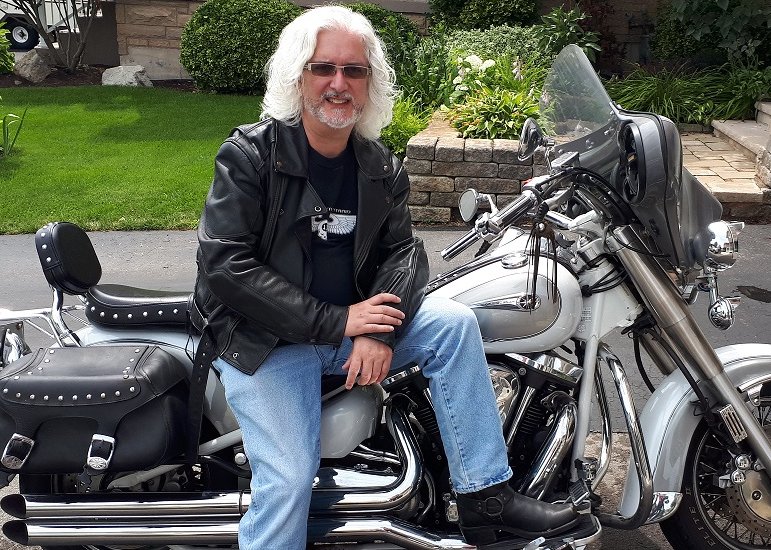
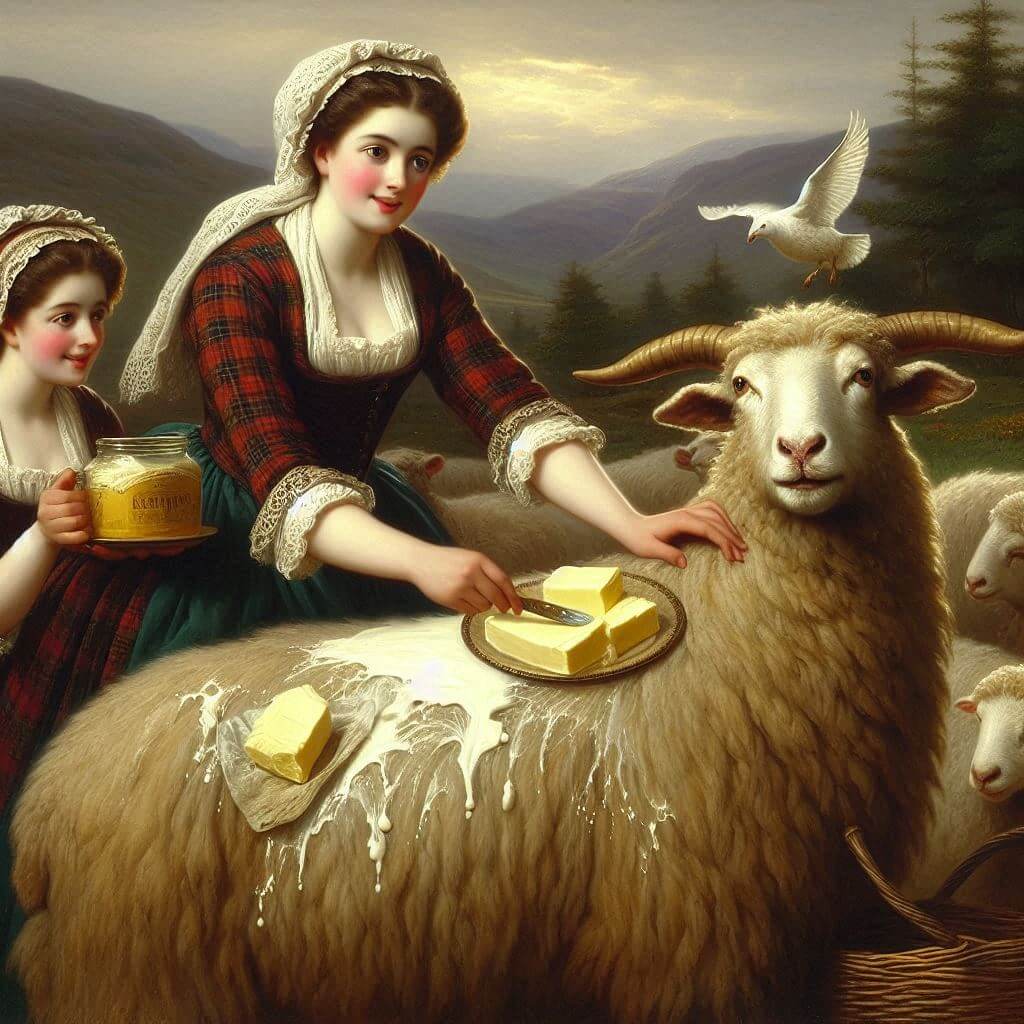
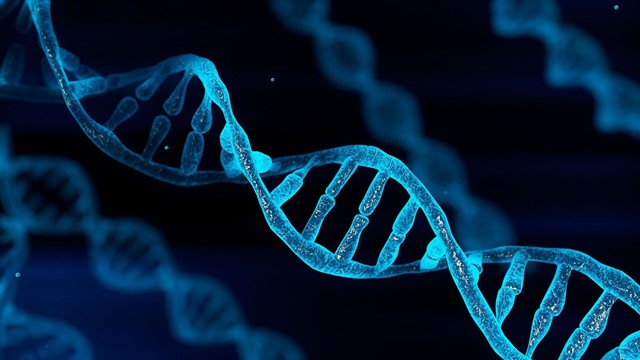

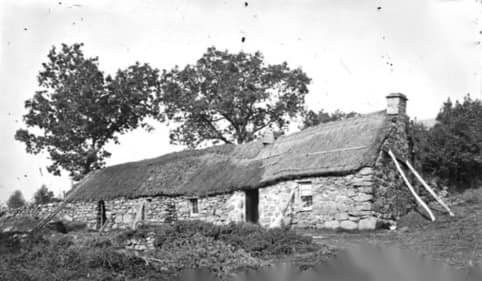
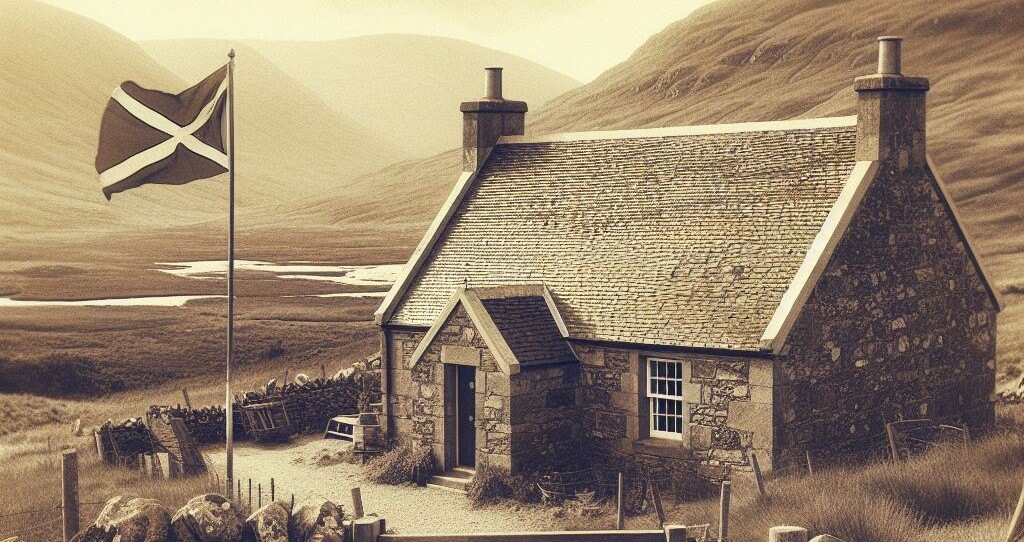
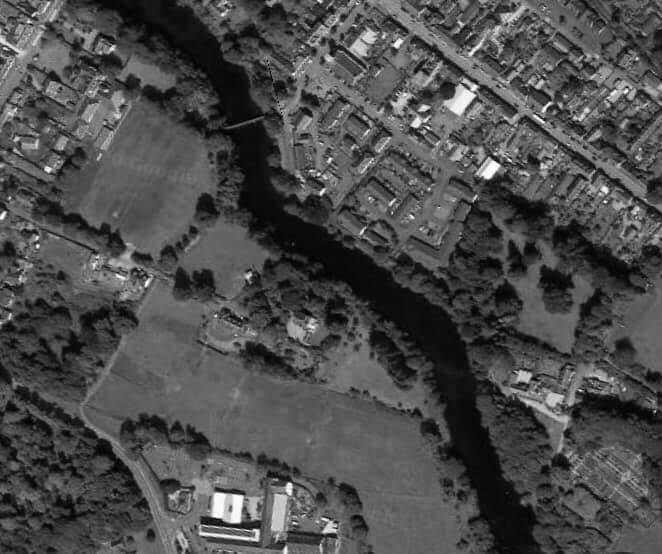
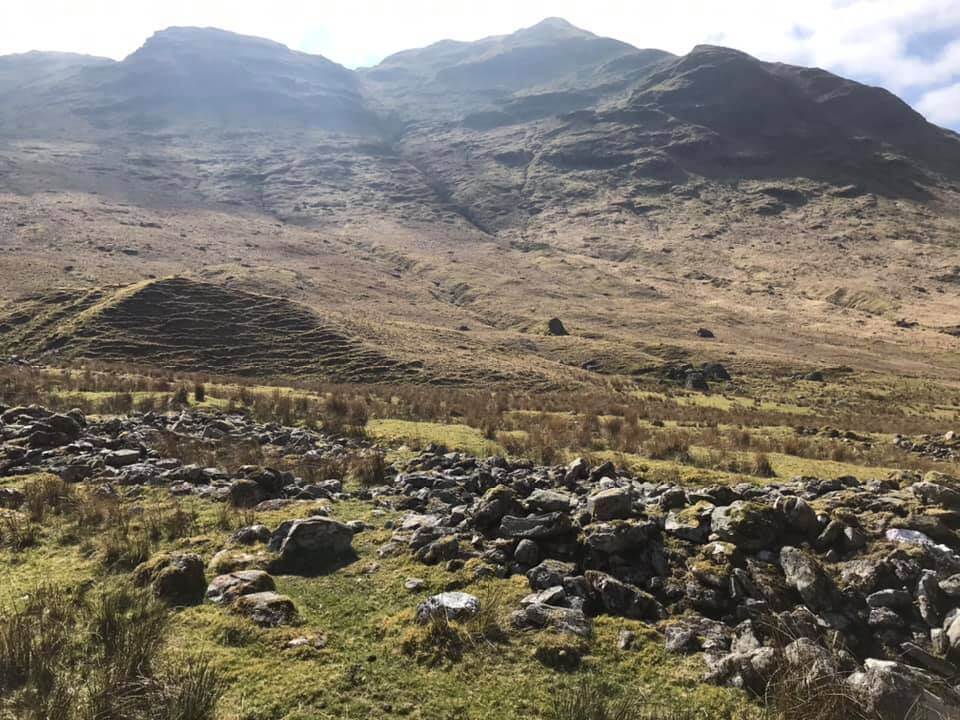
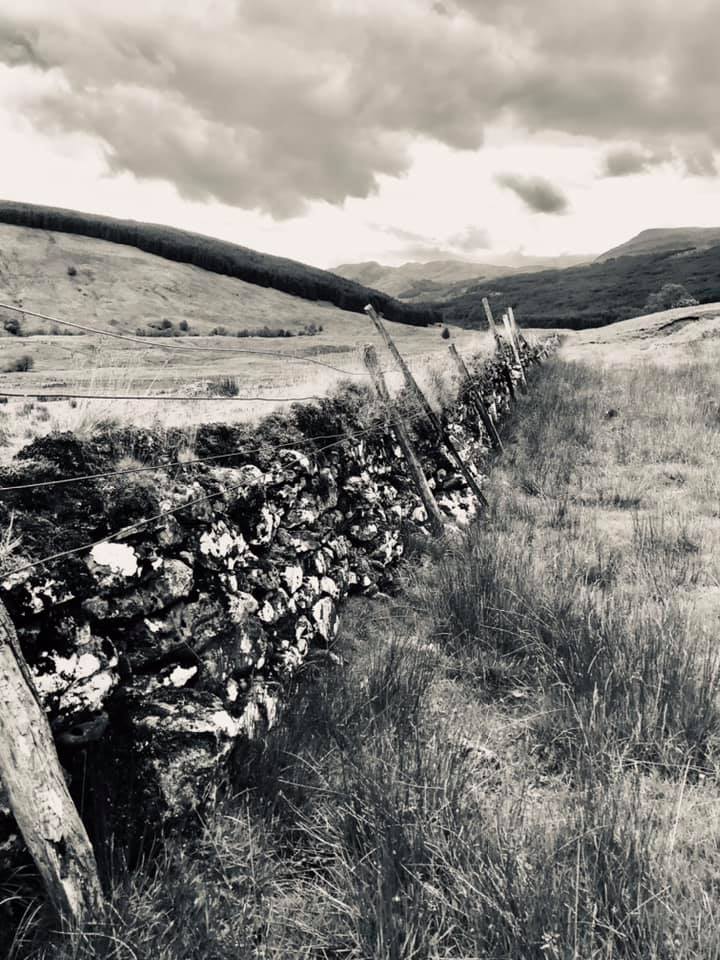
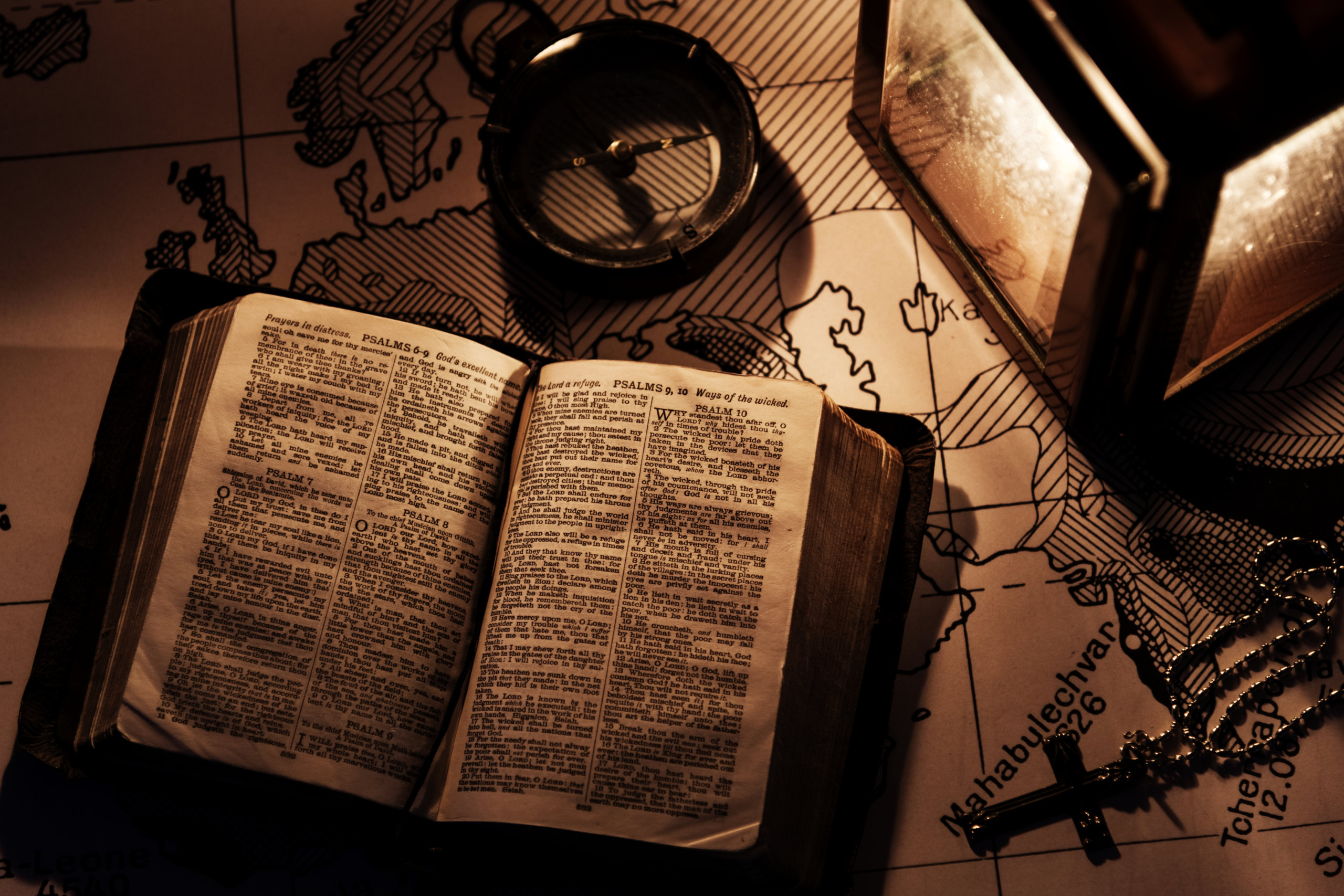
0 Comments